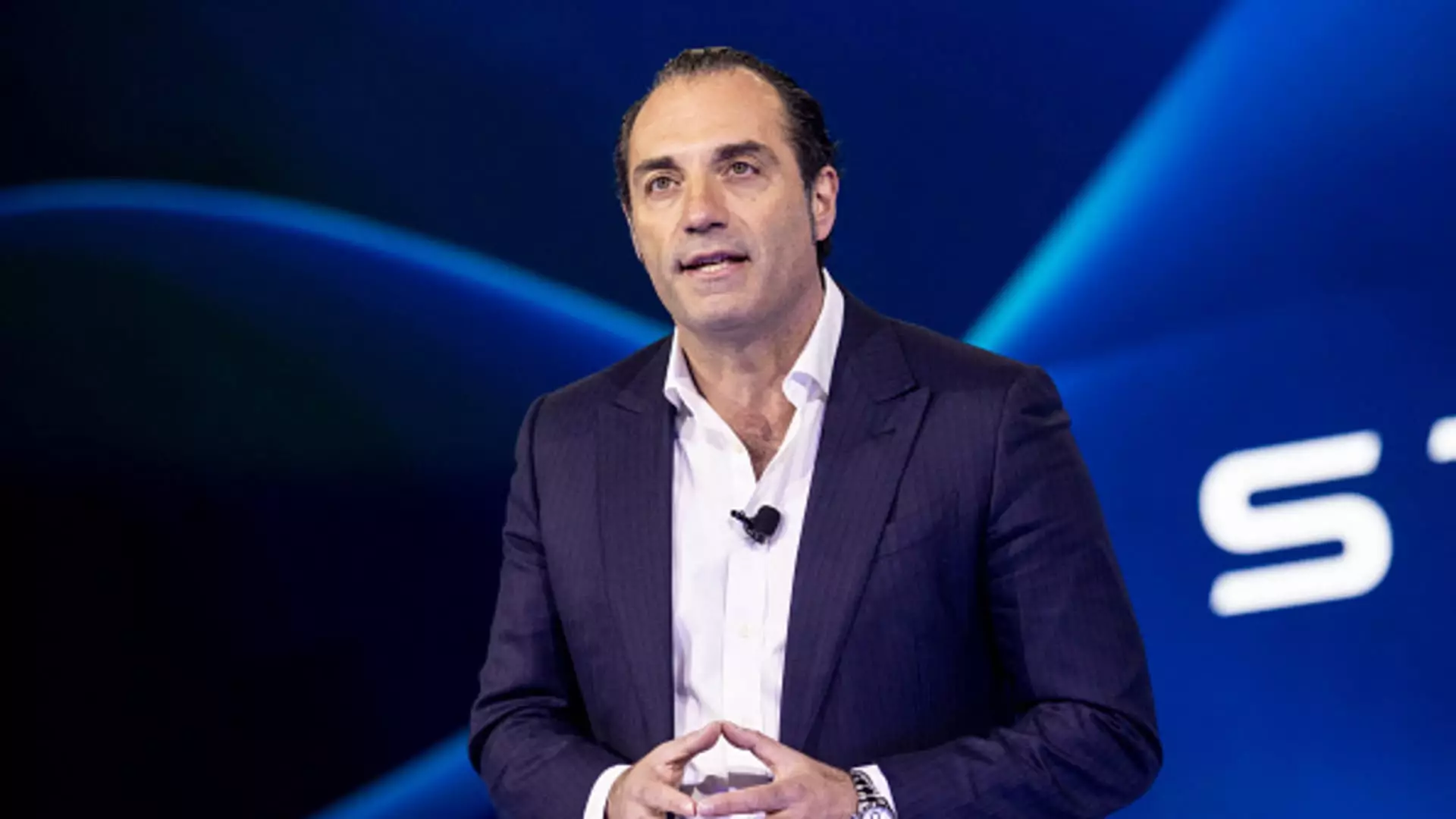The automotive industry faces continually evolving challenges, and Stellantis finds itself at a pivotal juncture in the U.S. market. After experiencing consistent sales declines since 2018, the automaker must shift from a focus on profit maximization alone to a more balanced approach that emphasizes growing retail market share. This shift comes in the wake of the company’s 2021 merger of Fiat Chrysler and PSA Groupe, which aimed to create a more formidable competitor in the global automotive sector but has yet to produce the anticipated results in one of its most crucial markets.
Despite Stellantis assuming a strong position with a diverse portfolio of brands, its U.S. market share plunged from 12.6% in 2019 to just 9.6% in 2023. Antonio Filosa, who took the helm of North American operations in October, recognizes the urgent need for change and is spearheading a strategy to revitalize sales. The looming question presents itself: how can Stellantis reclaim its market share and maintain sustainability in such a competitive landscape?
Strategic Initiatives for Growth
Stellantis’s commitment to enhancing its U.S. retail market share has catalyzed industry-wide discussions about the strategies the company plans to implement. Filosa emphasizes the importance of reshaping leadership at the brand level to create a fresh approach to the U.S. market. The urgency for transformation is echoed by other leaders within the company. With optimism about evolving strategies, Stellantis’s executives are moving ahead with innovative plans aimed at not just recovering lost ground but thriving.
Central to this revitalization will be the re-establishment of relationships with dealers, essential partners in the automotive retail ecosystem. Support mechanisms such as increased incentives will play a crucial role in fostering goodwill and collaborative business growth. Bob Broderdorf, head of Jeep in North America, reflects this sentiment, indicating wholesale changes in brand strategy and customer engagement processes. The message is clear: Dealers must feel supported, and customers must witness a tangible evolution in the company’s offerings.
Under previous leadership, particularly with former CEO Carlos Tavares at the helm, Stellantis adopted a profit-first mentality that ultimately hindered its United States performance. This focus led to a neglect of the essential dynamics in the U.S. automotive market, which prioritize not just profits but also sales volume and customer loyalty. Recognizing the detrimental effects of this previous approach, Filosa’s admission of the company’s past mistakes reflects an intent to pivot towards a more market-responsive strategy.
This backtrack is not merely about recovering lost sales but also balancing the volumes and margins, a point emphasized by Tim Kuniskis, head of the Ram Trucks brand. He acknowledges that past year’s inadequacies are a cause for concern but remains steadfastly optimistic about Stellantis’s potential turnaround in the current year.
Looking forward, Stellantis must remain agile in responding to potential regulatory shifts under the new administration. Filosa’s comments about awaiting decisions on all-electric vehicle subsidies and tariffs underline the unpredictable nature of the political landscape. It highlights that strategic planning cannot be static; rather, it must evolve alongside external conditions.
While Stellantis contends with these uncertainties, the company is also exploring the possibility of increasing employment in the U.S. contingent on regulatory outcomes. This proactive stance demonstrates an intent to not only react to market and political conditions but to be a pioneering force within the industry.
Stellantis stands on the brink of critical change within its North American operations. As it seeks to rebuild lost market share, enhance dealer relationships, and embrace a responsive strategy, its leadership must prioritize listening and adapting to the needs of the market and consumers. The road ahead is filled with challenges, but with a renewed focus on collaboration with dealers and leveraging new product offerings, Stellantis has the opportunity to not only regain lost ground but also fortify its positioning in the complex landscape of the U.S. automotive industry.

